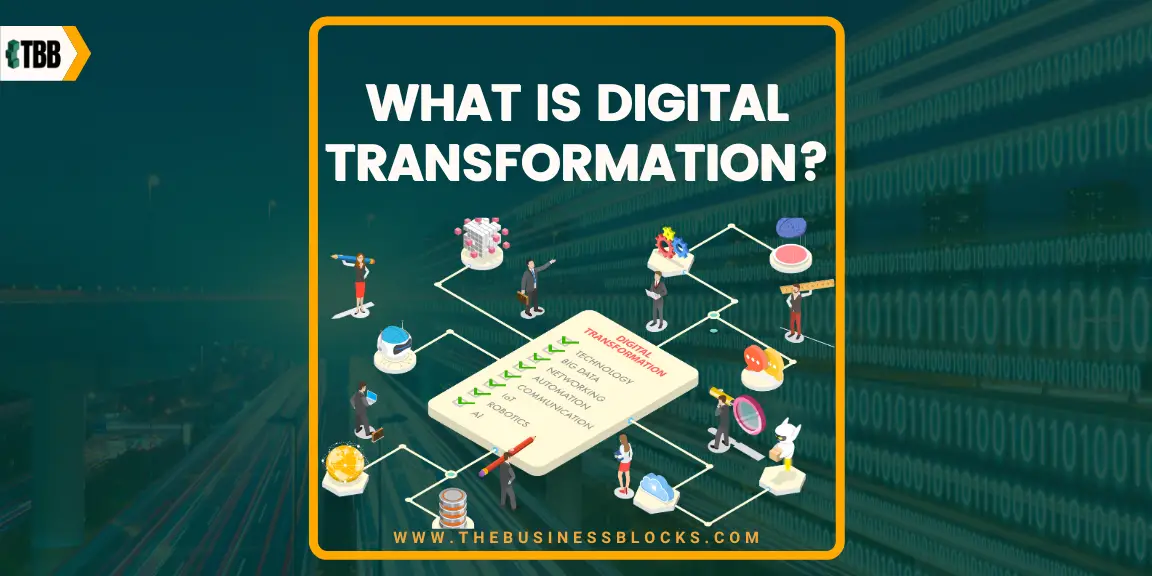Why jump into the digital future?
Keep ahead of the game!
There are many reasons why a business should try and keep up with the digital revolution, whether it be to continue to delight your customers or to keep building efficiency into your business and thus higher profit margins compared to your competitors.
What is Digital Transformation? What are the benefits?
- Attract the right talent and keep your culture fresh.
- Increase security and fraud prevention within your processes.
- Reduce menial tasks for workers so they can work on strategy.
Whatever the reason, there is one thing that is guaranteed and that is that business is going to continue to change and advance whether you like it or not!
At TBB, we are here to help support this change and guide you on a pathway to discovering the wonderful world of low code software.
The Business Blocks – Thesis
At the Business Blocks, we have kept across the obvious trends that you see and feel in your everyday work life:
- The remote workspace is now an integral part of the modern day office. Worker’s need to be able to work from anywhere.
- Workers and managers are only getting busier with more emails, calls and more manual tasks.
- Low priority automation is not always available for the workers due to IT budget and resource constraints.
- Large enterprises have, on average, 288 different SaaS apps in usage across their businesses and growing.
- Low code software systems and APIs are more common than ever and are at the centre stage of business performance.
All of these trends are coming together at the same time to create this opportunity for the savy learner to take advantage of the new job description called “low code operator” or “no code administrator”.
The Low Code Ecosystem
The low code ecosystem is a visual representation of all the apps or software platforms that you could use in your day. At the Business Blocks, we will help you understand how to view your apps and how they can work together to help automate your menial tasks.
You can check out the ultimate guide to low-code no-code software.
What is a process?
Starting from the basics here, a process is a series of steps and decisions involved in the way work is completed.
All processes start with an input (where you create or add data into), then this needs to flow somewhere (we call this transform) then there is an output (like data on a graph or an email to a customer.
Each of these steps are move one after the other but sometimes in a process you need two things to happen before the next step can be performed (like an approval and notification).
Or you may have two paths that the process can follow, for example if you need approval for an invoice lower the $1k (one approval) but if above $1K then two approvals plus review by finance.
We may not realise it, but processes are everywhere and in every aspect of our work and life. We will now learn how low code software can help with these everyday processes.
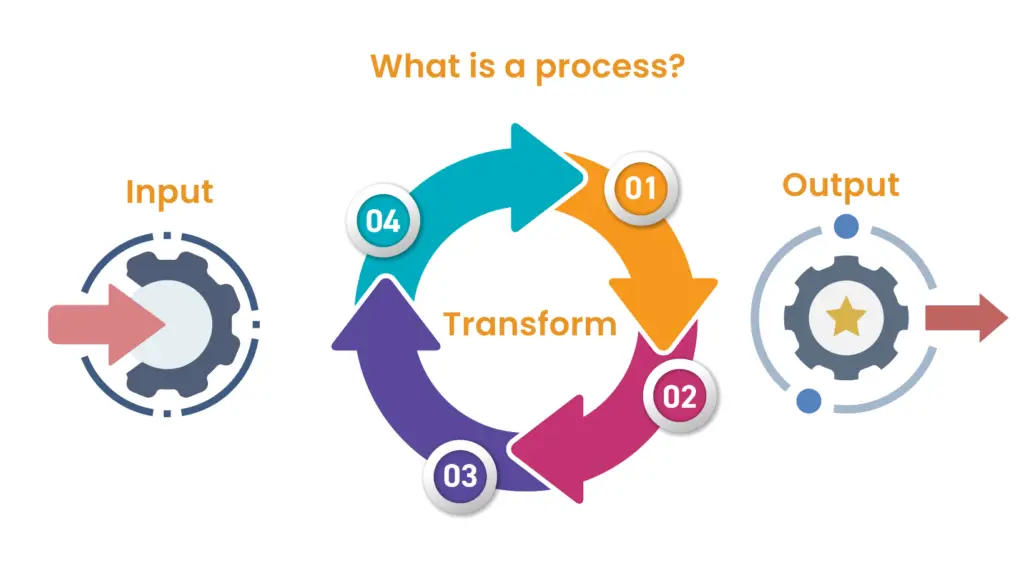
What is low/no code software?
Traditionally, companies roll out highly complex, expensive and resource driven systems that take a long time to develop and get right. In the 21st century, agility and speed to completion is valued highly and users now expect this in their products.
No code software is basically a platform that allows a user to:
- Customise their own process,
- With lightning speed and security,
- Fraction of the cost vs traditional methods,
- Using visual or drag and drop tools.
When deciding on the approach to agile software development, there are a number of options to take into account. We are entering an age where less pressure will rest on the shoulders of your IT department to reinvent the wheel, and you can develop and design your custom solution to your own process.
While this may seem like a scary proposition, the truth is that low-code platforms offer a lot of flexibility and opportunities for input and variation that you are in control of and will be helped throughout the process.
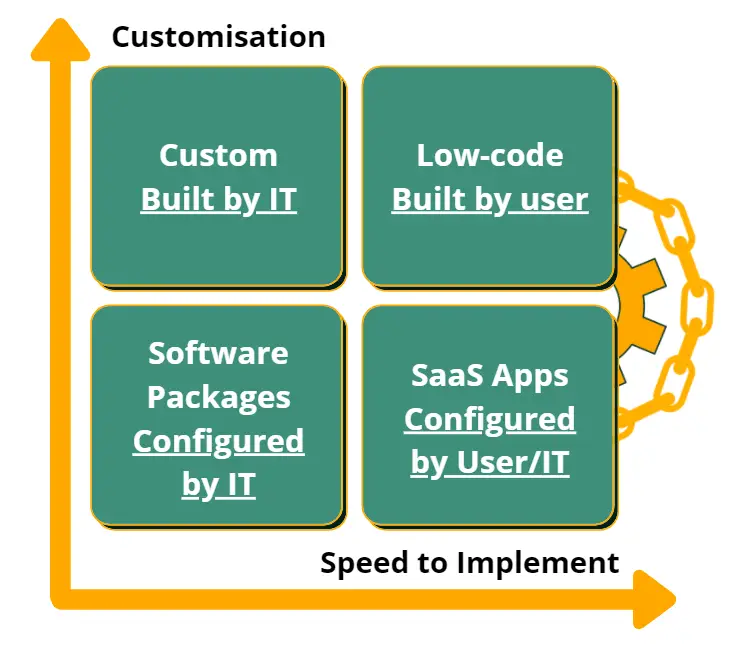
A low-code platform is an easy and fast alternative to more traditional software development approaches. It includes a family of tools that will take you from end to end on the development and deployment of applications using a visual interface.
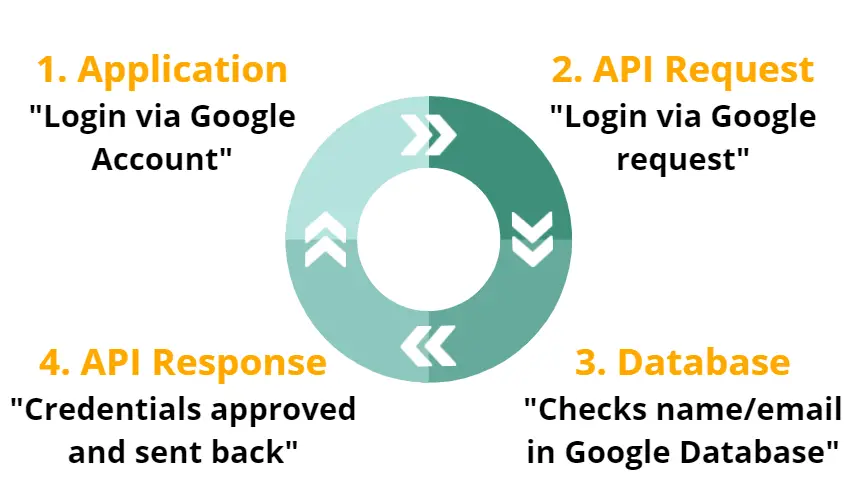
What are API’s?
Have you noticed that when you log into certain websites they offer you to use your Gmail or Facebook account? What about how your phone gets an update as to what the weather forecast is for the day?
API or Application Programming Interface are just a piece of code that allows two platforms to talk and send data to each other.
Let us use an example for a Doctor’s practice:
1. When an admin assistant books a new meeting for the Doctor and patient.
2. The system gets the patient’s mobile and creates a date of notification.
3. The day before the patient is due, the system sends text reminder.
The uses and complexity are endless and the complex and you can check out the website www.zapier.com to see the thousands of apps available for automation.
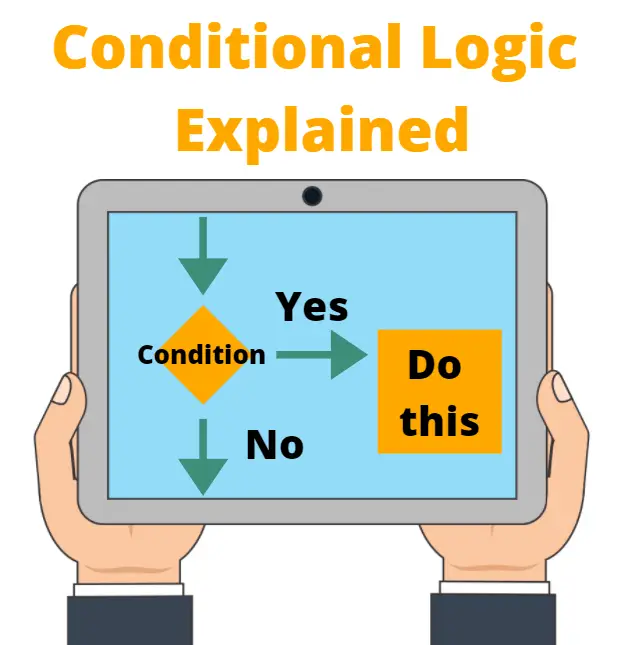
What is Conditional Logic?
Not critical for this course but conditional logic will be part of your future journey into the low code automation ecosystem. If you understand the simple principle that your process can have different pathways based off what a user does on their journey.
To put it simply:
“Conditional logic is the idea that you can set rules, or conditions, that cause your process to change based on input.”
If you have heard of the saying, If This Then That, that is the saying in this space.
Let us use the Doctor’s example again: For the patient text message that gets sent out, if you add an option for the text message to say “Will you be attending?” with a Yes/No answer. The answer can have different outcomes for the assistant who needs to either keep the booking or call the patient to re-book.
How does low code fit into this ecosystem?
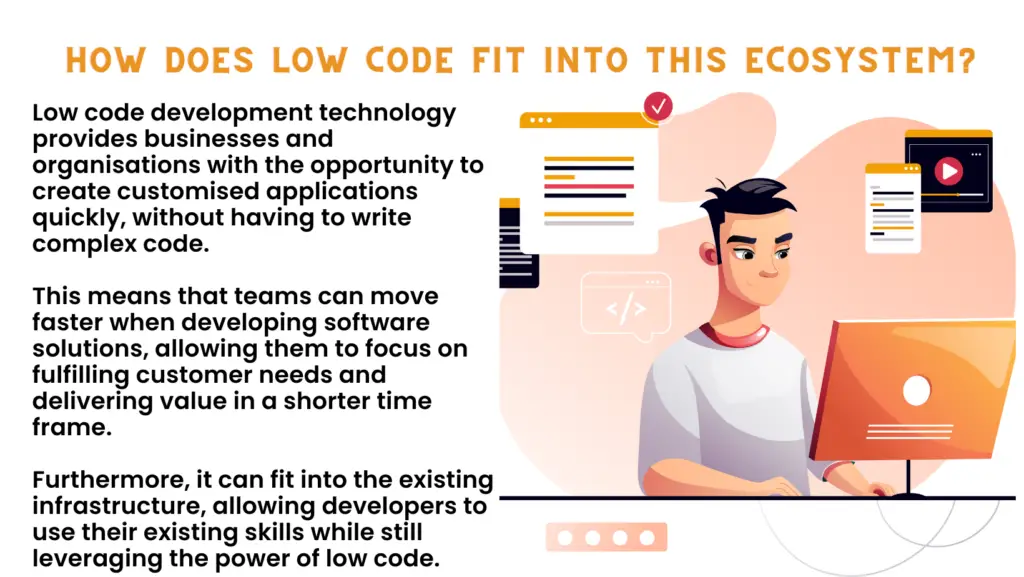
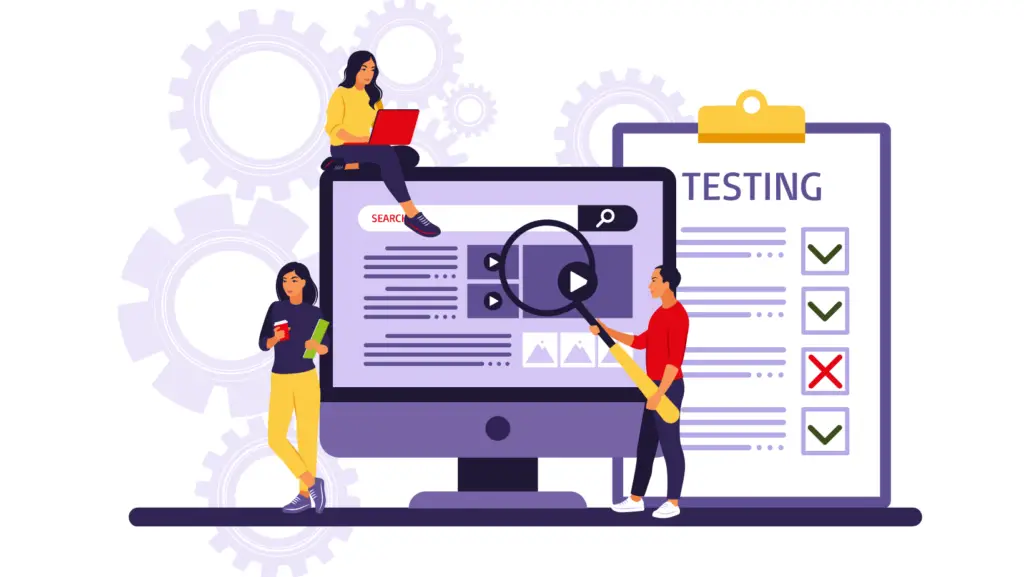
Next Steps:
Continue the journey to learn about low code:
Section 2 – The Business Blocks Low Code Categories

